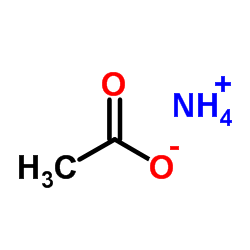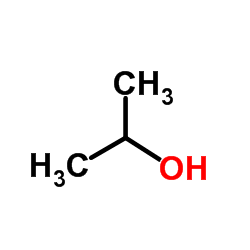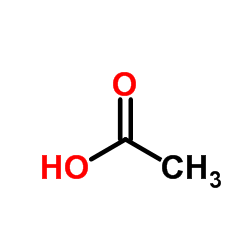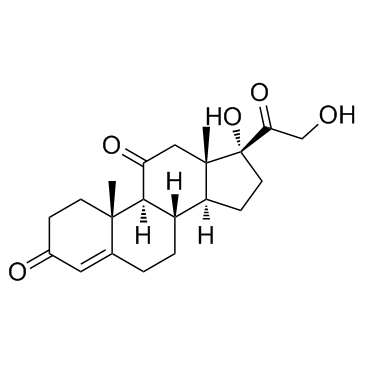| Structure | Name/CAS No. | Articles |
|---|---|---|
 |
Ammonium acetate
CAS:631-61-8 |
|
 |
Aqueous ammonia
CAS:1336-21-6 |
|
 |
Isopropanol
CAS:67-63-0 |
|
 |
Formic Acid
CAS:64-18-6 |
|
 |
acetic acid
CAS:1173022-32-6 |
|
 |
acetic acid
CAS:64-19-7 |
|
 |
Cortisone
CAS:53-06-5 |
|
 |
Stanolone
CAS:521-18-6 |